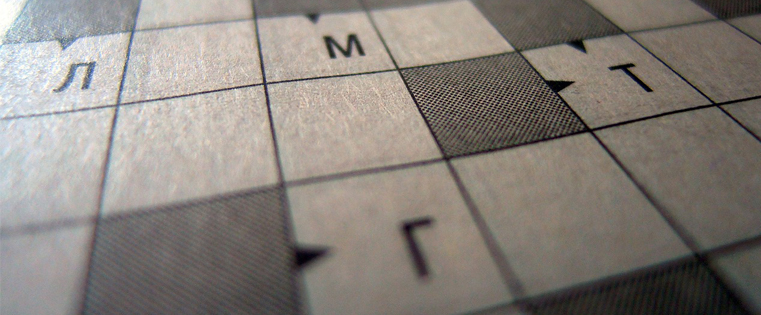Things you should know about the Serbian language before you start your learning journey
By Danica Gómez Marković

If you stumbled upon this page, it means you want to learn Serbian. Or at least know more about the language. If you’re a beginner in this area, you need to find out what you’re dealing with. This post is going to help you understand where the Serbian language comes from and what you should know before you start studying it.
Why Is the Serbian Language Important?
There are roughly 8.5 million speakers of Serbian as a native language. While being the official language of the Republic of Serbia, it is also spoken in Bosnia and Herzegovina and Montenegro as a co-official language. You can also find a lot of people speaking or understanding Serbian in other countries with a Serbian minority.
Where Does the Serbian Language Come From?
Serbian is a Slavic language from the Indo-European family of languages. Within the Slavic languages, there are three branches:
- West Slavic
- East Slavic
- South Slavic languages
The Serbian language belongs to South Slavic languages. There is a lot of dispute about which South Slavic languages are actually languages and which are just dialects of varieties of the same language. I am going to tell you about that some other time.
Important Facts (Especially if You Plan On Learning Serbian)
Two Alphabets in Use
Serbian is the only language in Europe with two alphabets. Serbian native speakers are fully diagraphic. It means they use two alphabets, in this case, Cyrillic and Latin. Isn’t that cool? Of course, it will probably give you a headache when you start with lessons.
Great news! Once you learn the letters and the sounds, reading is a piece of cake. There are thirty (30) sounds in the Serbian language, each represented by one letter (in the Latin version sometimes it’s two). For example, in English, there are 26 letters to represent 44 sounds. You haven’t realized just how great the news was up until now, right?
Words Tend to Change How They End
We don’t want to overwhelm you with a lot of linguistic terms, but sometimes it’s inevitable. Some parts of speech (nouns, adjectives, pronouns, and some numbers) change how they end depending on what you use them for. Better said, depending on what their function is in a sentence.
Just so you know, before you dive into Serbian, you’re going to see a lot of words that look the same in the beginning but end differently.

Just a Few Tenses Are Enough
Good news again. Once you learn the present and the past tense you are more-less equipped to go to the moon and back. Within the Balkans.
On a daily basis, people use:
- the present tense
- the past tense
- the future tense
Not a lot of tenses as in English, for example.
The Serbian Language Is Direct
There’s no beating around the bush in Serbian. Besides the tenses mentioned above, the imperative would be a great add-on to your Serbian. People use it a lot.
There are not a lot of “pleases” and “pardons”. You’ll think: that’s so impolite! Each language has different rules and boundaries. People definitely don´t see each other as being impolite because they don’t use “please”. Of course, there are situations where you should use a less direct approach.
Speak to Me and I’ll Tell You Where You’re From
It may come as a shock because Serbia is a small country, but there are quite a few different accents in Serbian. There is a standard, of course, but the accent you will acquire depends mostly on where you come from (your native language), and in which part of Serbia you live. Even if you don’t live in Serbia, it all has to do with what accent you hear the most while studying or interacting with others.
To Sum Up
These are just some of the things you need to know about Serbian before you start your learning journey. There will be no big surprises for you now. If this language still seems very unfamiliar to you, check out other posts on the blog. They will definitely bring Serbian closer to you.
What does Serbian sound like? Check out our free beginner lessons and find out.